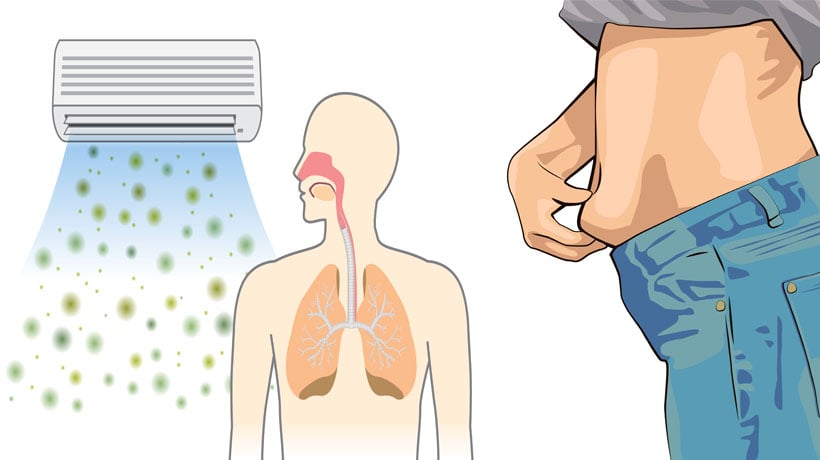The dust in your house made contribute to fat growth and even obesity, says a new study from Duke University. In recent years, researchers and international policymakers have expressed concerns about the effects of endocrine-disrupting chemicals, states the health website Medical News Today. Endocrine-disrupting chemicals are found in various materials such as pesticides, metals, additives or contaminants in food, and personal care products, states the World Health Organization. Such substances are sometimes present in household cleaning products, and even in objects that we use on a daily basis.
Researchers have warned that these chemicals are a threat to public health, as studies have tied them to fertility problems, liver disease, cancer, and childhood obesity.
Dust and obesity
In a study presented at the Endocrine Society’s annual meeting this week, researchers sought to determine the relationship between dust extracts and fat cell development. Christopher Kassotis, Ph.D., of Duke University’s Nicholas School of the Environment in Durham, N.C. and other researchers collected 194 house dust samples from households in central North Carolina, according to News Medical, a website sharing medical and life science news that’s based in the U.K. and Australia. They then extracted the chemicals from the dust in the lab. These extracts were tested for their ability to promote fat cell development in a cell model.
They found that very low concentrations of dust extracts were able to promote fat cell proliferation and fat cell development in the body.
The researchers then measured more than 100 different chemicals in the dust and looked at the relationship between their concentrations and the extent of fat cell development. They found that about 70 of the chemicals was related to the development of dust-induced fat cells, and about 40 were linked with precursor fat cell development.
The researchers found several chemicals were significantly elevated in the dust of homes of children who were overweight or obese. This news may be related to the development of childhood obesity, as the study estimated that children consume between 60 and 100 milligrams of dust each day. They are continuing to study these chemicals, some of which are in common household products such as laundry detergents, household cleaners, paints, and cosmetics to determine which ones may be linked to obesity.
Sources:
https://www.medicalnewstoday.com/articles/324794.php
https://www.who.int/ceh/risks/cehemerging2/en/
https://www.news-medical.net/news/20190325/Chemicals-in-household-dust-promote-development-of-fat-cells-in-cell-model.aspx



